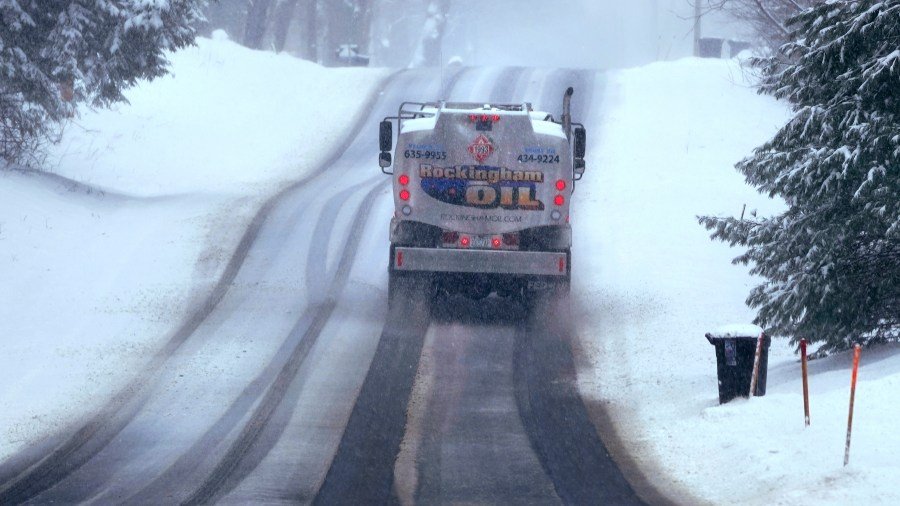
Declining snow accumulation in the mountains of the Northeastern U.S. will likely reduce the ability of forests to act as a carbon sink, a study has found.
The shrinking snowpack and destructive freeze-thaw cycles now common in winter are damaging roots and decreasing rates of nutrient and carbon uptake, according to the study, published Monday in the Proceedings of the National Academy of Sciences.
“Current models omit the full complexity of winter climate change effects,” warned the study authors, led by Emerson Conrad-Rooney of Boston University.
Temperate forests in the Northeast currently sequester about 20 percent of the area’s greenhouse gas emissions, the scientists noted. But a combination of warmer summers, decreased snowpack and multiple soil freeze-thaw cycles throughout the winters have shifted the status quo.
To understand what changes have occurred, the researchers charted the growth of red maples in the Hubbard Brook Experimental Forest in New Hampshire, from 2013-22.
In addition to setting up two reference plots, they arranged two plots where cables heated the soil by 5 degrees Celsius during growing season and where up to four freeze-thaw cycles occurred during winter.
By 2022, the scientists found that tree biomass — an indicator of carbon uptake — in the heated plots surged by 63 percent, in comparison to the unheated reference plots. They linked this rise to an increase in nitrogen uptake during photosynthesis.
However, when plots were subjected to freeze-thaw cycles in the winter, their biomass only rose by 31 percent — a probable result of root damage from freezing and thawing. That cycle, the authors explained, can harm tree roots and reduce their nutrient absorption, while also hampering carbon uptake during photosynthesis.
By failing to account for the negative impacts of winter climate change and focusing on the positives of warming on carbon storage, today’s Earth system models likely overestimate the abilities of temperate forests to store carbon, according to the study.
“Our findings highlight the important connections between climate change across seasons and northern temperate forest ecosystem processes and demonstrate the critical need to account for the effects of climate change,” the researchers concluded.
That accounting, they continued, must occur during both the growing and winter seasons, in order to accurately gauge the potential of temperate forests to serve as carbon sinks.
Gaining a better understanding of this issue, the researchers added, will help improve models and “inform policies for decarbonization and the use of nature-base solutions to climate change.”






